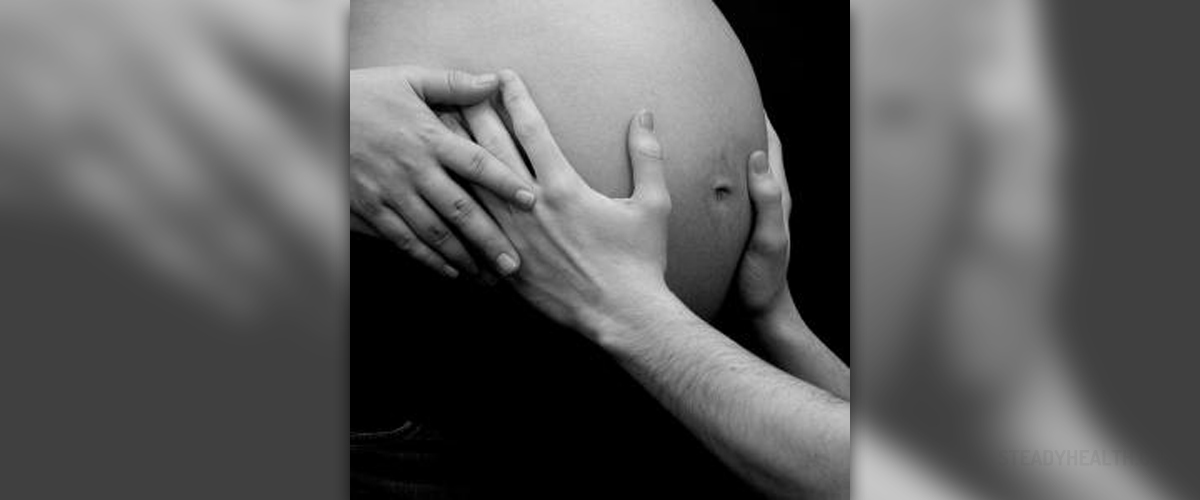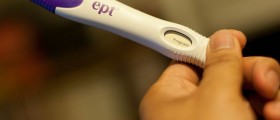
Coitus interruptus is a practice in which the male partner quite literally "pulls out" before ejculating during intercourse, to avoid pregnancy. Many people seem to think that coitus interruptus, also often called the withdrawal method or pull-out method, is an efficient birth control method that will prevent unwanted pregnancy. The truth is a little more complicated.
The withdrawal method can work quite well if a couple puts a lot of work into monitoring the female menstrual cycle and avoids intercourse entirely during the so-called fertile window, but if you use it haphazardly, the withdrawal method can easily lead to pregnancy.
Not only is the withdrawal method not 100 percent efficient as a way of preventing unwanted pregnancy, it also — obviously — fails to protect either partner from any sexually transmitted diseases that the other partner may have.
What is precum?
Precum is a colloquial term for pre-ejaculate, a fluid that the penis releases during intercourse but before the ejaculation. This fluid, also called pre-seminal fluid, is secreted from bulbourethral gland and its purpose is to clear the path for the upcoming ejaculation. The secretion starts when the man is aroused and continues throughout intercourse.
Pre-ejaculate is alkaline in nature, and as it travels through a man's urethra, it neutralizes the remaining acidity from the urine he previously passed, so that the path is safe for the sperm, which does not handle acidity well. Pre-ejaculate fluid also facilitates the passage of sperm by lubricating the urethra. That is a pretty neat system, but the kicker for people who want to avoid pregnancy is this — pre-ejaculate fluid does, also contain some spermatozoa, although not very many.
Why does pre-ejaculate fluid contain sperm cells?
Fortunately, many people now know that precum contains a small number of spermatozoa (or sperm cells), which can fertilize an egg and create a pregnancy just like the millions that follow during ejaculation. For this reason, the pull-out method is not considered to be a very "safe" or efficient contraceptive tool. There is a chance a woman could get pregnant with precum.
Note that "freshly produced" precum itself does not contain any spermatozoa. Instead, it picks stray sperm cells up from the urethra, where they may have remained after a previous ejaculation. Since spermatozoa can survive and remain motile (having the ability to move around) in the urethra and on top of the penis, when the pre-seminal fluid picks them up and carries them into the vagina, there is a possibility of fertilization and pregnancy.
One of the best ways to prevent the passage of potential sperm cells into the female reproductive system, aside from having protected sex with a condom, of course, is for a man to urinate after he experiences an orgasm. That way, the urine will wash away the remaining spermatozoa and raise the acidity in the urethra.
What is your risk of getting pregnant from precum — or getting someone pregnant this way?
The risk of a pregnancy following intercourse using the pull-out method depends on how you practice this method, so it's difficult to offer an exact percentage. Some couples simply get carried away with passion and roughly plan to pull out before the climax, sometimes succeeding and sometimes not, but others turn the method into a bit of science. They practice the pull-out method outside of the female partner's fertile window and avoid intercourse entirely during the fertile days.
With typical use — which might include some awareness of the timing of the female partner's ovulation, and practicing the withdrawal method most of the time — around 24 percent of couples will get pregnant over the course of one year.
Perfect use, which would include the female partner measuring basal body temperature, monitoring cervical mucus, and avoiding intercourse altogether during the fertile window, actually increases the efficiency, with some sources estimating that it's possible to achieve a failure rate of less than one percent. (This is similar to the failure rate of most other forms of birth control, such as condoms, intrauterine devices, and the birth control pill when used perfectly.)
To put it simply, the pull-out method does carry a certain risk of pregnancy (as do other contraceptive methods other than abstinence), and your exact risk depends on how you practice the method. The pull-out method is more effective when combined with other methods, such as the rhythm method — also called natural family planning. This method is suitable for monogamous, STD-free couples who are hoping to prevent pregnancy but who are ready to welcome a(nother) baby if they do get pregnant.
- www.nhs.uk/common-health-questions/pregnancy/can-i-get-pregnant-if-i-have-sex-without-penetration/
- www.nhs.uk/Livewell/Sexandyoungpeople/Documents/pregnancyayoungpersonsguideseptember2006nonprinting.pdf
- www.nhs.uk/conditions/contraception/how-effective-contraception/
- www.flickr.com/photos/93649712@N00/3286969625

















Your thoughts on this
Loading...